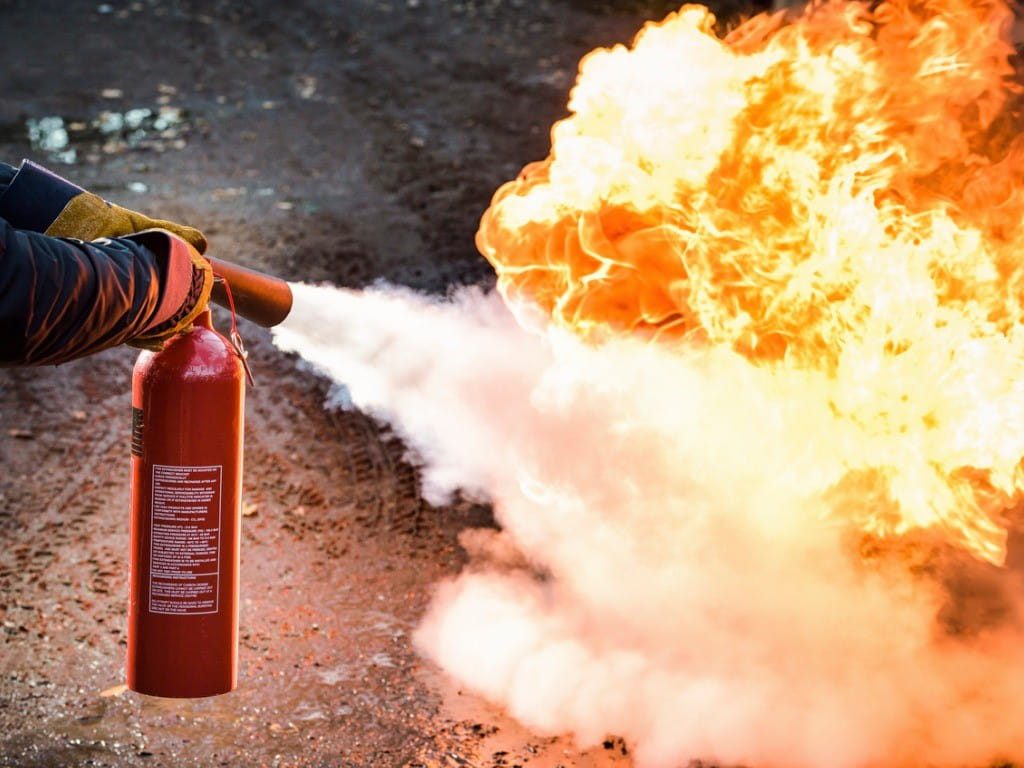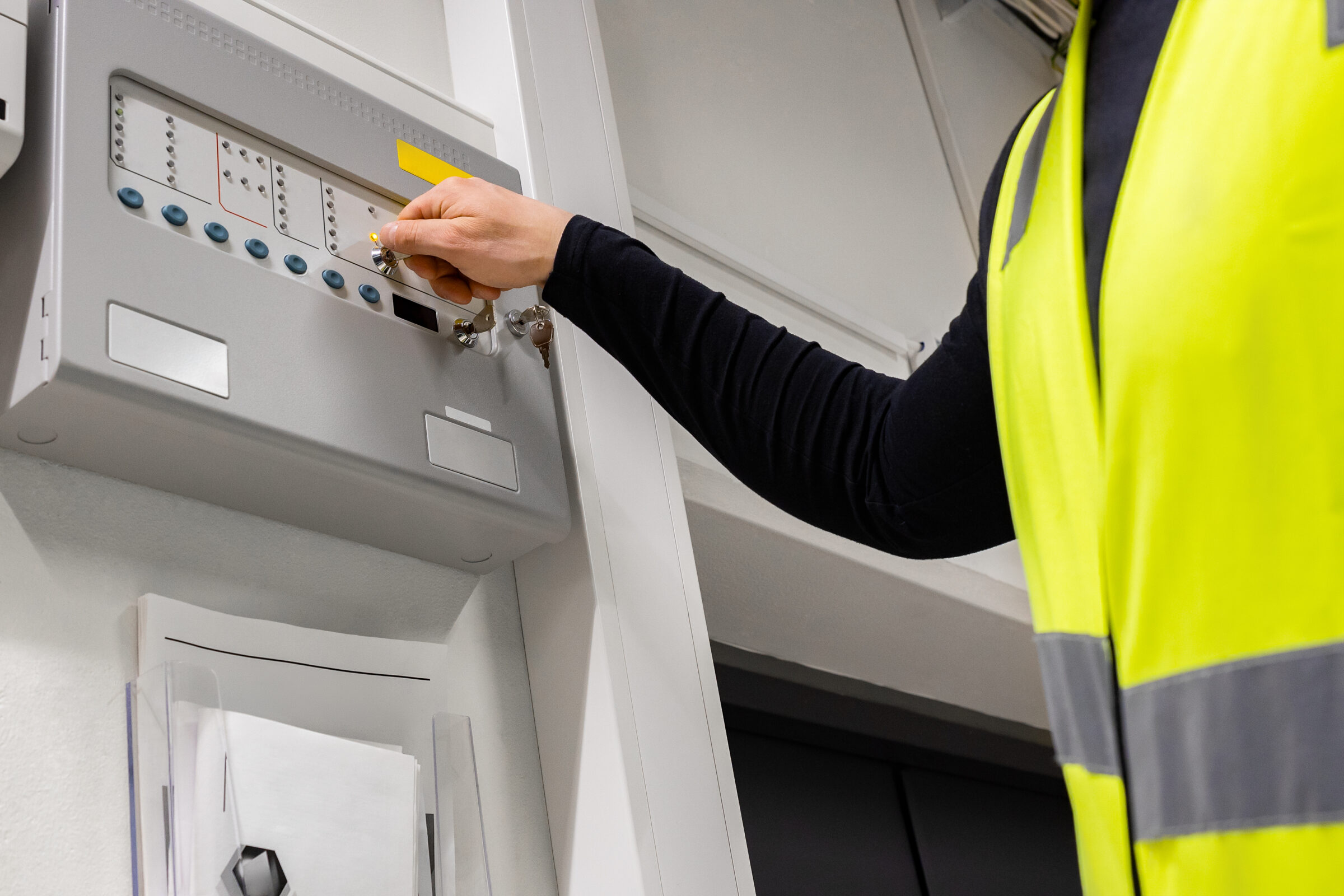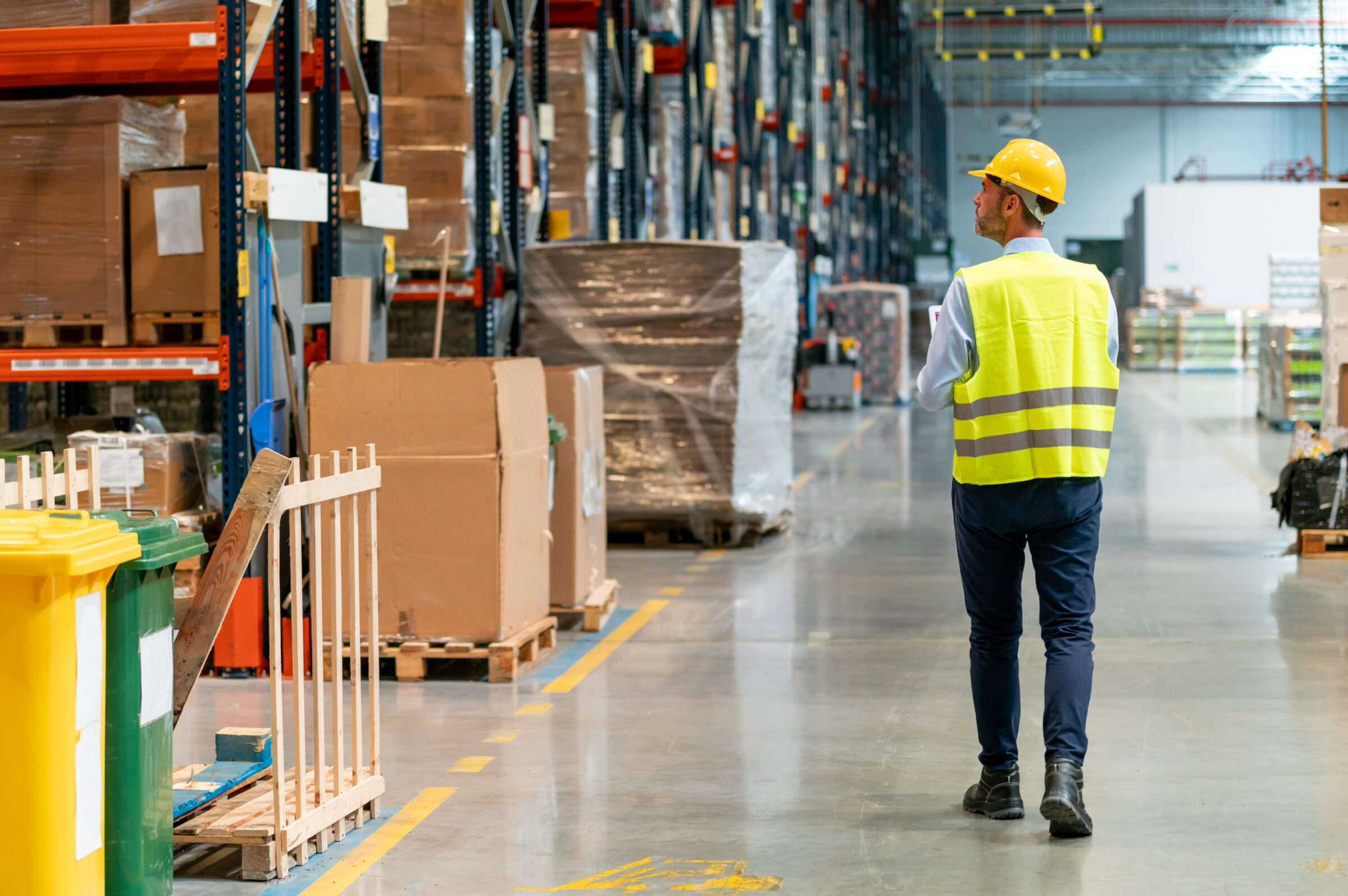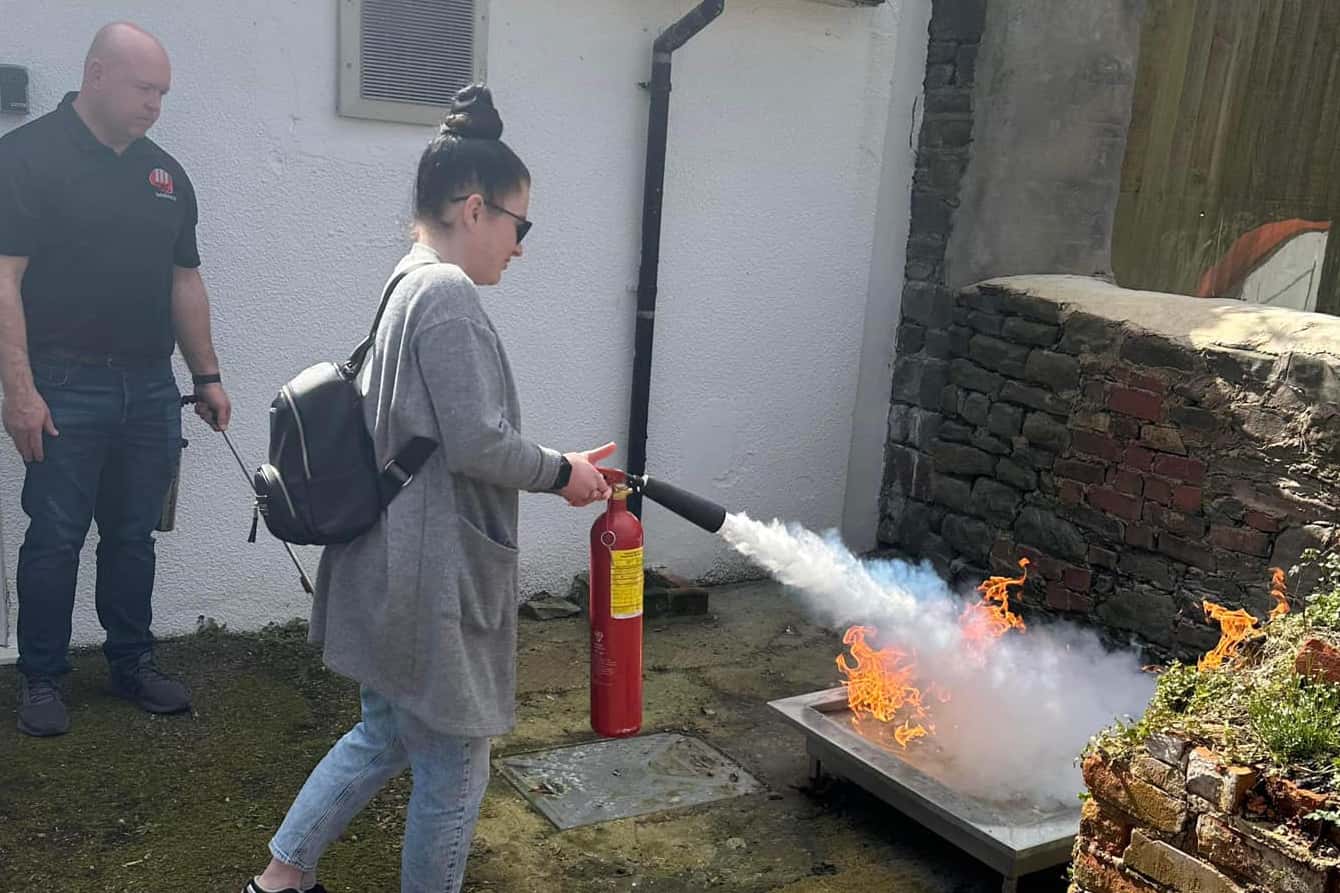Back to Fire Safety
Fire Extinguisher
Maintenance and Sales
We specialise in the design, supply, installation, commission, and maintenance of fire extinguishers. Our qualified engineers will ensure that your fire extinguishing equipment is inspected, serviced and maintained to BS5306 so you can rest assured that your business is fully compliant.
We supply all types of fire extinguisher including: Water, Foam, CO2, Dry Powder and Wet Chemical. All extinguishers are CE and Kitemarked and come with a one year warranty. 24 hour delivery available.
Main Types of Fire Extinguisher
Specialist fire extinguishers such as: water mist, lithium fires, powders to tackle flammable metals are also available upon request.
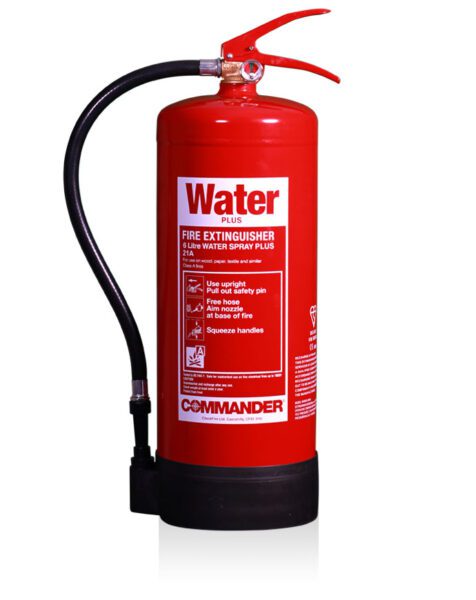
Water Extinguisher
Water fire extinguishers have a red label and a class A rating. They are suitable for fighting fires involving solid combustibles such as wood, paper and textiles. The extinguishers come in 3, 6 and 9 litres sizes.
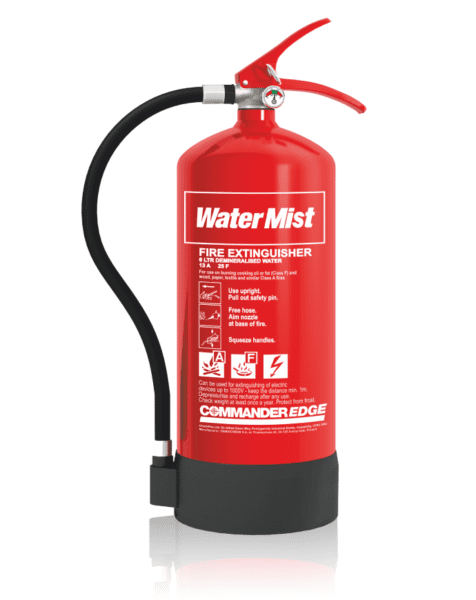
Water Mist
Water mist fire extinguishers still have a red label. They use a very fine de-ionised water spray which not only puts out Class A fires like a standard Water fire extinguisher, but can also be used on liquid, electrical and oil fires.
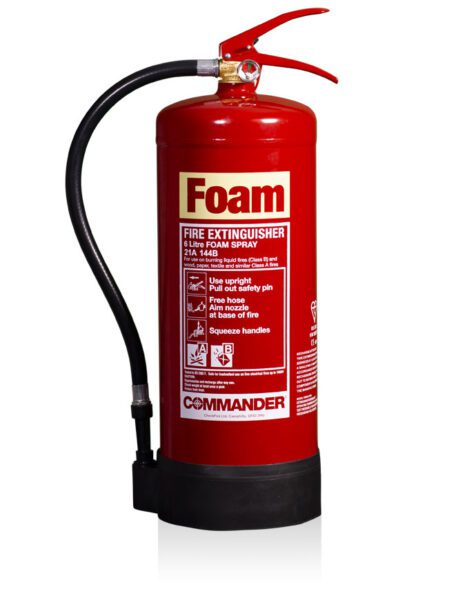
Foam Extinguisher
Foam fire extinguishers come with a cream label on the red body. The foam fire extinguishers are water-based and are suitable for class A such as wood, paper and class B such as petrol, oil-based paints, solvents, lacquers, or alcohols. These extinguishers come in 3,6 and 9 litres sizes.
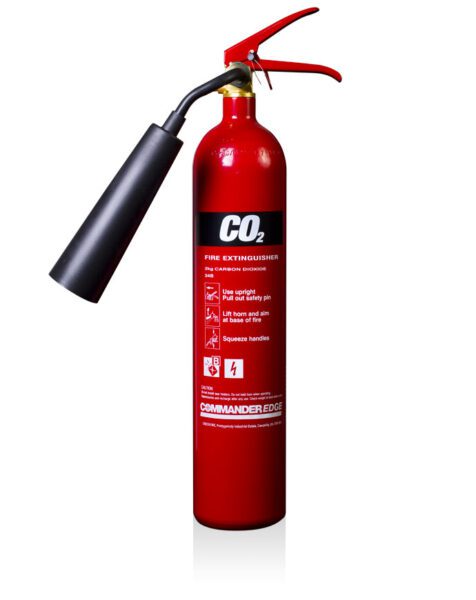
Co2 Extinguisher
Carbon Dioxide (Co2) fire extinguishers have a black label and are used for class B flammable liquids fires as well as Electrical fires as they are electrically non-conductive. Extinguishers of this type come in 2 and 5Kg sizes.
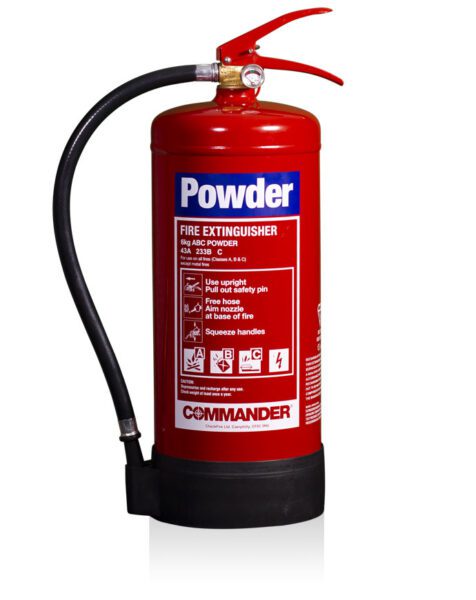
Powder Extinguisher
A versatile option, powder fire extinguisher comes with a blue label. It can be used on Class A (flammable solids), B (flammable liquids) and C (flammable gases) fires. They can also be used on electrical fires involving electrical equipment under 1000v, without causing a risk of electric shock. They shouldn’t be used in confined spaces. They come in 1,2,6 and 9kg sizes.

Wet Chemical
Wet chemical fire extinguishers come with a yellow label. These can tackle fat and grease fires in kitchens (Class F), for example deep fat fryer fires. In addition, some wet chemical extinguishers can tackle Class A fires (wood, paper etc) and Class B fires (e.g. petrol). They are available in 2,3 and 6 litres sizes.
Fire Risk Assessments
The 2005 regulatory reform (fire safety) requires that all non-domestic premises have a fire risk assessment. Our fire safety experts will visit your premises and carry out a full risk assessment, providing you with a comprehensive report that includes any areas of concern or action required to be fully compliant with the law.
New Fire Safety Regulations for Businesses in England. Read More

Consultancy & Training
For the safety of your employees and visitors, your premises must meet fire safety regulations and it’s critical that everyone in the building knows what to do in the event of a fire.
The law states that all employees are given regular fire safety training. And in addition, you must appoint one or more competent persons to act as fire marshal to assist with fire safety. These fire marshals must attend sufficient fire safety training to remain effective in reducing fire hazards. You must also carry out a fire safety risk assessment and implement and maintain a fire management plan.
“Enjoyed the course, good friendly atmosphere, well constructed course, good interaction from all delegates. Made to feel comfortable and at ease. Excellent course”
Les Wiggins
DBC is your One Stop Shop for Fire Safety
Your Questions on Fire Extinguishers
Fire extinguishers are classified by type A, B, C, D or F. Ensure you use the correct extinguisher for the specific category of fire to minimize personal injury and property damage. When the wrong extinguisher is used it can lead to electrical shock and the fire spreading.
Class A: Fire in the presence of materials e.g. paper, wood or textiles.
Class B: Fire involving hazardous liquid like fuel oil.
Class C: Fire involving gas or a liquid spilliage
Class D: Fire that involves metal
Class F: Fire involving cooking oils and fat
We supply a wide range of Firefighting Products including Foams, Water, Co2, Dry Powders and wet chemicals. Each extinguisher has been CE and Kitemarked and comes with a one year warranty. 24 hour delivery possible.
CO2 is the most common fire extinguisher to use on electrical appliances and equipment. CO2 fire extinguishers may also be used to extinguish fires from Class B liquids.
Dry power is also used for electrical equipment but a fire risk assessment must be completed before its use due to issues with breathing and vision when activated. Dry Powder should not be used in small offices and confined spaces.


